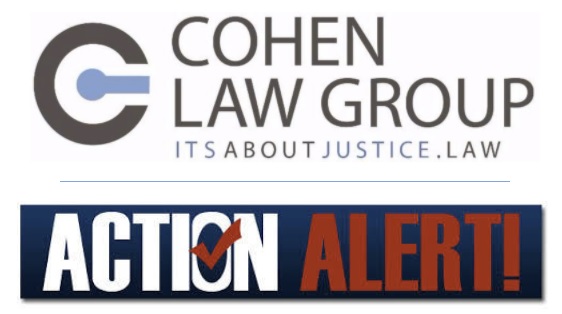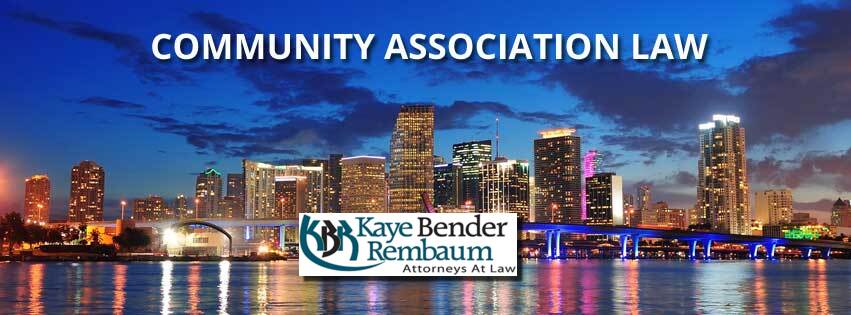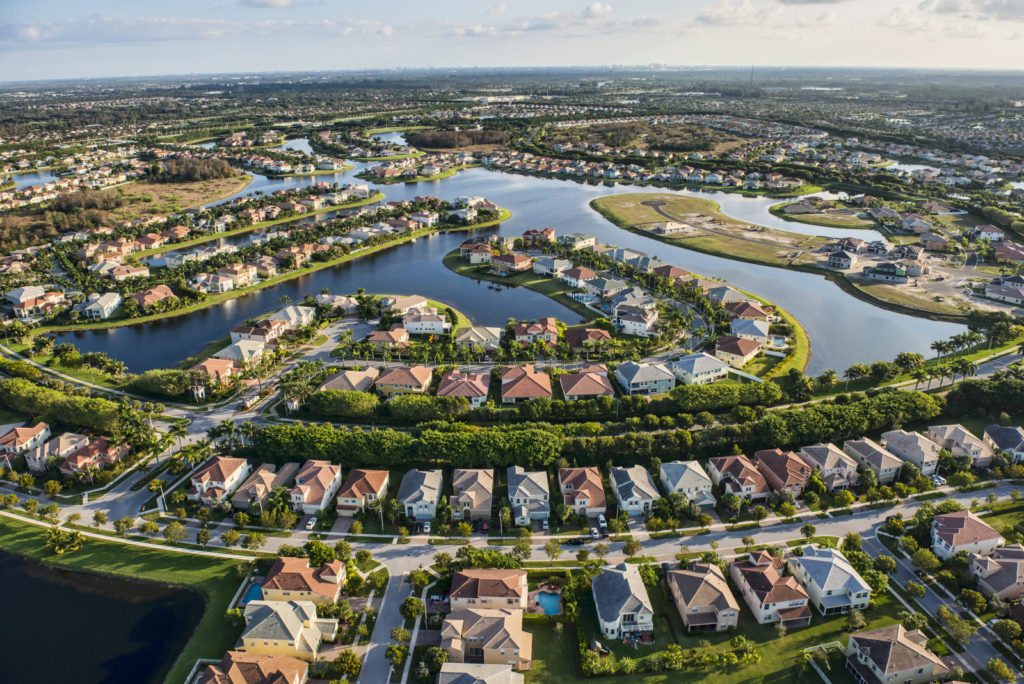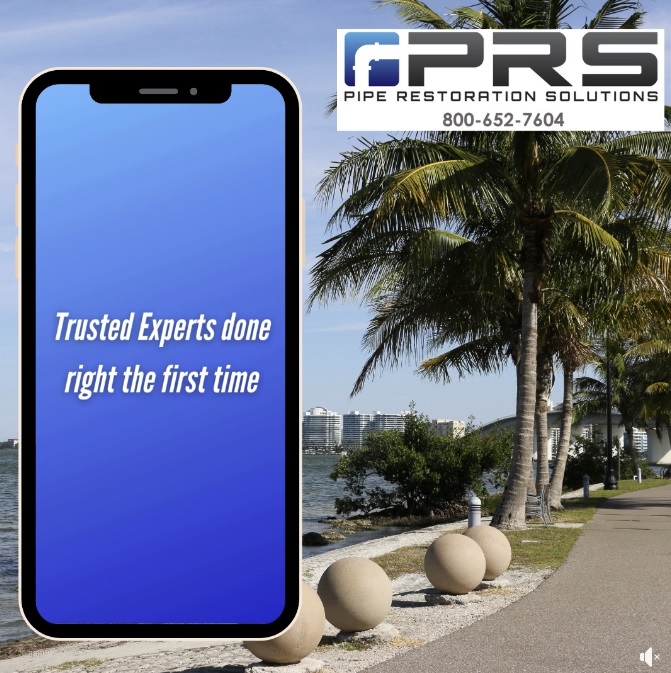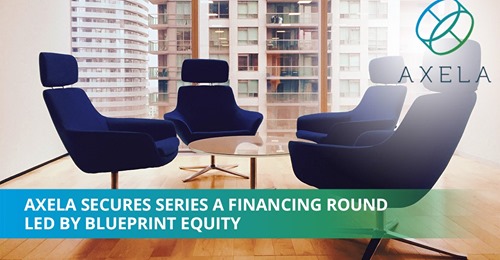Collections Tools for Self-Managed HOAs & Condos
When a condominium association or HOA makes the decision to self-manage, the Board of the association often must make difficult decisions about what to do themselves and what functions to outsource to third-party entities. What you need are the tools for collections for your self-managed condo or HOA.
Collecting common fees and assessments is the only way a self-managed association can fund itself and provide the goods and services to homeowners called for the association’s governance documents. Defaulting on these provisions is not an option. Ideally, all unit owners within the association remain solvent and pay their common fees and assessments on time. But what happens when they don’t? What tools are available to a self-managed condominium or HOA?
The High Cost of the Traditional Collection Method
Traditionally, collection of past-due common fees and assessments required hiring an attorney to represent the association in bringing forth a lien, and, if needed, a foreclosure action. While this approach can bring the association the title to a delinquent unit owner’s home, it isn’t always a profitable or even practical solution for the condominium or HOA.
Hiring an attorney creates additional risk in the form of legal fees that the association is bound to pay, regardless of the outcome of the legal actions. A well-intentioned association could very well spend more money than it could ever hope to receive in an attempt to collect past due monies they are owed and need to operate their associations.
New, Technology-Based Collections Tools for Self-Managed Associations
Axela Technologies decided to address the problem of common fee and assessment delinquency in a different and modern manner. As a full-fledged collection agency, Axela Technologies is able to offer true assistance to condominium associations and HOAs that find their budgets in jeopardy due to deficits created by delayed or delinquent common fees and assessments.
Charging no upfront money to the condominium association or HOA, Axela Technologies takes on the risk that would have been incurred by the expense of an attorney. The cost of using Axela Technologies is minimal and is passed on through the delinquent homeowner once the account is outsourced for collections.
This is an optimal situation for the association, and, to some extent, the delinquent homeowner, who is provided an opportunity to pay his common fees and assessments without having the onerous legal fees of an attorney added to his or her outstanding balance. The association minimizes risk and does not have to pay any fees to Axela Technologies. Additionally, Axela Technologies boasts a very high rate of successful collections, with only 5% remaining delinquent and requiring the use of an attorney to bring a foreclosure action against the delinquent homeowner.
Keep in mind that a foreclosure action still doesn’t guarantee a positive outcome for the self-managed condominium association or HOA. All the foreclosure action will do is gain title to the unit or home. It still needs to generate income, either through sale or rental, before the association may see some financial relief. While the attorney may assist in the foreclosure action, Axela Technologies will keep a vigilant eye on any surplus funds or other possible recovery for the condominium association or HOA. The goal is full recovery with minimal risk for the association.
Outsource Collections to Reduce Risk and Maximize Debt Recovery
Unless a self-managed condominium association or HOA is so well-funded that financial risk is of no concern to them, they would be well advised to outsource their collection efforts. Further, unless a self-managed condominium association or HOA wishes to risk spending money on legal fees, they would be well advised to outsource their collections to Axela Technologies. Axela Technologies’ history of successful condominium and HOA delinquency collection with no upfront cost or risk make them the easy choice.
The fact that their collection costs are far less than the legal fees charged by an attorney makes Axela’s collections tools a better choice, not just for the community, but also for the delinquent homeowner, giving them a much more likely chance to pay their delinquent fees and assessments to the association. Outsourcing collections to Axela Technologies is about minimizing risk and producing a successful outcome for all involved.
Learn more about Easy Collect, Axela’s collections solution for community associations here.
Need a Better Cash Flow for Your Condo or HOA?
YOUR COLLECTIONS PROCESS MAY BE WHAT’S HOLDING YOUR BUDGET BACK. LET US HELP WITH THIS FREE ANALYSIS.
 A poor collections process can lead to a number of negative symptoms for a community association, from budget shortfalls to never-ending legal fees to loan denials for capital improvements. If your community is suffering, you may be looking in the wrong place for the right solution.
A poor collections process can lead to a number of negative symptoms for a community association, from budget shortfalls to never-ending legal fees to loan denials for capital improvements. If your community is suffering, you may be looking in the wrong place for the right solution.
Axela Technologies specializes in community association collections. Our experts have years of CAM industry knowledge, combined with a deep understanding of collections processing.
Learn More! In just 30 minutes, our experts will work with you to identify the areas in your current collections process that are not working, and give you actionable advice on how to improve your current process, increase the amount you are collecting, and save your community money.
Fill out the form to set up your free collections analysis now. Your analysis is completely free, and you are under no obligation to take any action.
It’s time to take a good, hard look at your collections process. Your community members, your board, and your budget will thank you!
Tags:
Collections,
Condo and HOA,
Management News
 Florida condo and co-op law basically say: Leaseholds.—
Florida condo and co-op law basically say: Leaseholds.—

